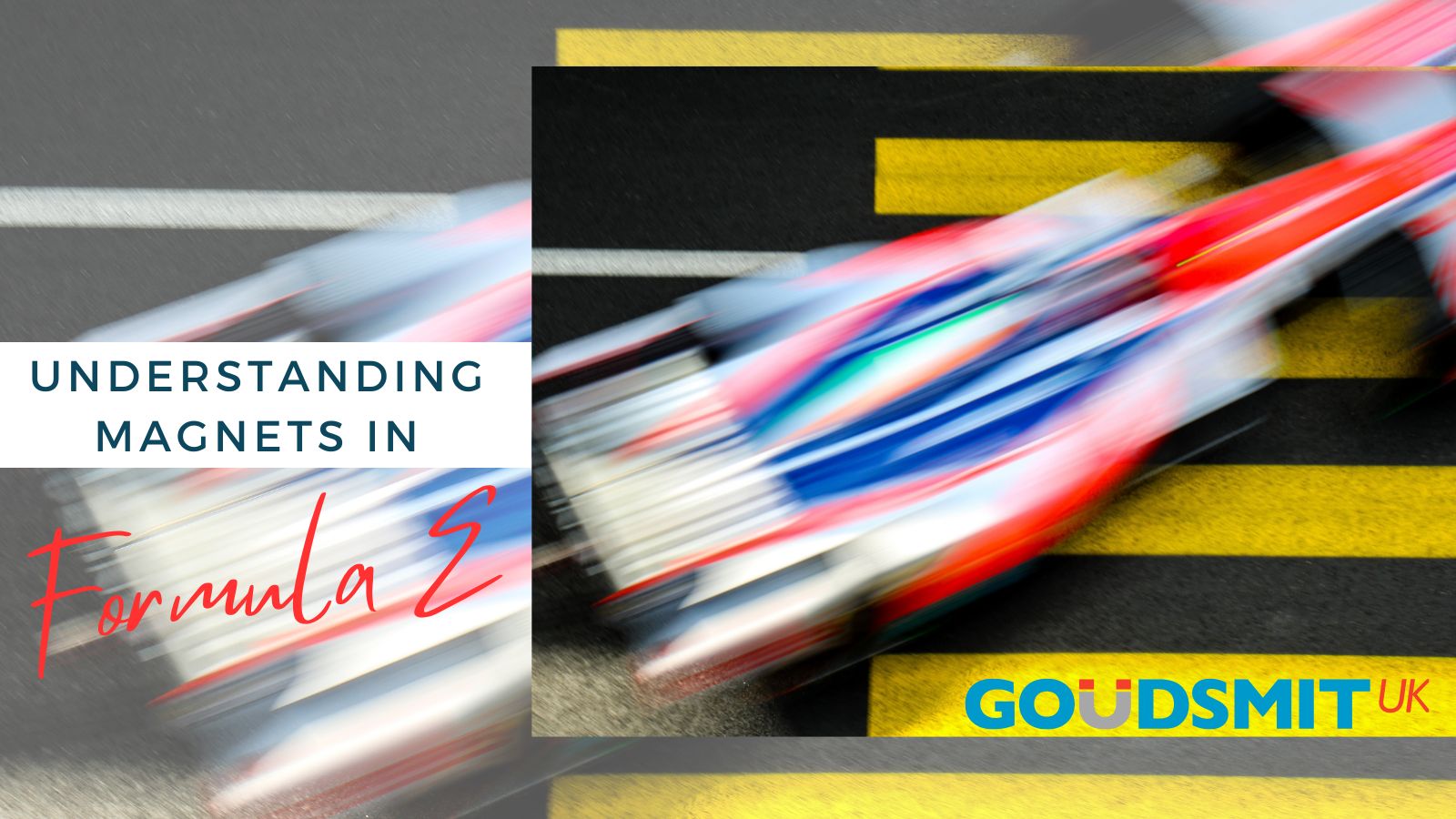Bringing racing tech to the road, Formula E made its debut in 2014 from the start line in Beijing, powered by nothing other than a battery and an electric motor. Formula E is an all-electric racing series, designed to promote sustainable mobility. Current all-electric racers can reach a top speed of 280 km/h. With 250 kW of power, they can accelerate from 0-100 km/h in 2.8 seconds.
Magnetism
In basic terms, it’s the pulling and pushing force of magnets in which electric motors are centred around. When a number of magnets are fixed around the cylindrical casing of a motor, they’re known as the stator. When another magnet, the rotor, is fixed onto a shaft in the centre, it spins. One side of the centre magnet is spun round as it’s attracted to its opposing pole of the fixed magnets around the casing. However, that won’t drive anything on its own, as the rotor will just stop once it reaches the magnet it’s attracted to.
Electric motors overcome this by fixing the magnets around the stator, turning them into electromagnets. Therefore, allowing them to be controlled with electricity and continuously swap which of their poles are North and South at any time.
The development of Formula E cars
Formula E moved to a new type of car in 2018, improving tactics and racing. Power increased from 200 kW in qualifying to 250 kW. Power also increased in the race, from 180 kW to 200 kW.
Moreover, a bigger battery was used in the cars with a switch of powertrain manufacturer, to McLaren. The battery jumped from 32 kWh to 54 kWh. Initially, Formula E drivers needed to swap cars halfway through the race. This is no longer the case thanks to the bigger battery.
However, there’s going to be another improved type of car for 2022. The design of these cars are set to be more ‘open-wheel’ like F1 cars. The power will also rise significantly. Flash charging tech will be employed for the battery, allowing charging at a pit-stop up to 800kW.
How Formula E cars work
Electronically changing the poles of the stator around rapidly, creates the effect of the rotor chasing the magnetic attraction around inside of the motor. In turn, this enables electric motors to spin very quickly and produce lots of torque, driving the cars along.
For Formula E cars, a shaft is connected to the spinning rotor which exits the motor housing and drives the gearbox and then the wheels of the car. With most electric cars, the electric motors also act as generators when the car is not under acceleration, known as a Motor Generator Unit.
Using a motor generator unit to harvest electricity
The same technology is used to harvest electricity for motor generator units. However, instead of applying a current or electricity to the magnets used to turn the motor, the rolling wheels and gearbox of the car drive the motor. In turn, this enables the system to store electricity rather than use it.
As Formula E drivers approach corners on the track, they lift off the pedal so the current switches off and turns the motor into a generator. This process begins to slow the car immediately, as the kinetic energy of the car’s rolling movement is turned rapidly. The resistance inside the motor creates electrical energy which is fed back into the battery.
Goudsmit UK
With our cross-industry background, extensive knowledge and experience coupled with expertise in design engineering and manufacturing, Goudsmit UK are positioned to understand and evaluate customer requirements. This ensures we deliver quality assured products to meet your operational demands.
For more information on our custom magnets visit our webpage or download our brochure.
Calculate the magnetic force you need for you application here.
Contact us on +44 (0) 2890 271 001 or at info@goudsmit.co.uk







